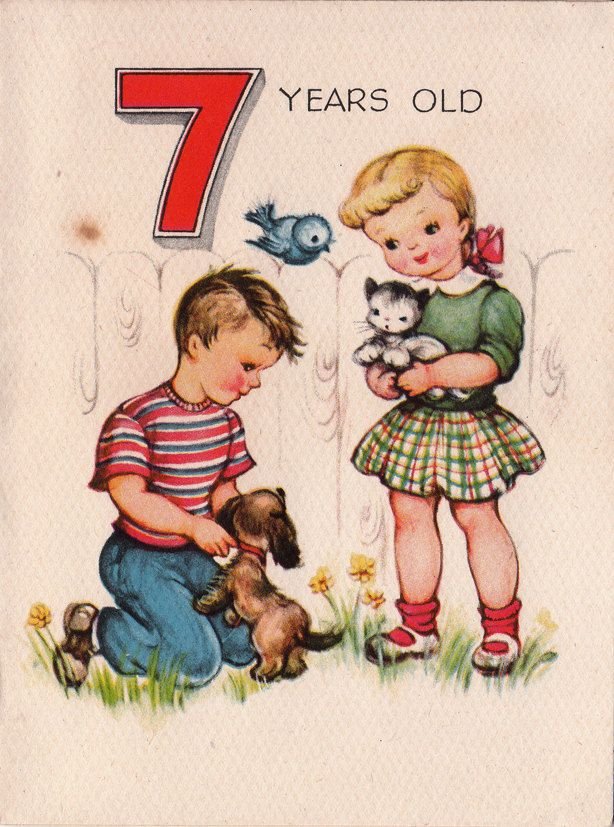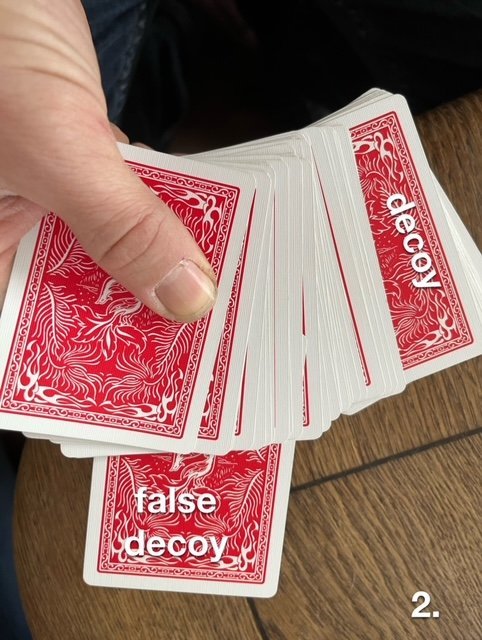Received this email from friend-of-the-site, Joe Mckay:
I keep thinking about premises that are neither based in supernatural claims or being a body language expert.
One idea I had was this. You have everyone in a room write down a word on a piece of paper. You then use a switching box (eg AmazeBox) to force a word.
You fool everyone in the room.
You then say that you don't usually explain how a trick is done - but you will in this case since the secret is so much fun.
You then point to somebody and tell them that everyone else in the room helped you in fooling them by writing the same word.
We are using the Dunninger idea of using a hundred stooges to fool somebody idea as a fake explanation.
Everyone else in the room is still fooled. So it puts them in an odd mental space.
Perhaps it would be better to say that everyone in the room helped you with that trick by writing the same word and that you want to thank them for their co-operation. You then say you won't single out the person who all this effort went into fooling - but you just want to be honest about how the trick worked. —JM
I don’t do performances for large groups, but I can see this being a fun idea.
Joe's last paragraph is how I’d handle this.
“So you’re all probably wondering how I predicted the randomly selected word would be ‘tennis.’ Well… you’re not all wondering that. But some of you are probably wondering how I knew the word would be tennis.
“Actually… that’s not quite true either. One of you is wondering how I knew the word would be tennis. The other 79 of you already know.
“You see, there’s one special person in the audience tonight. And if you think it might be you… then it’s definitely you. Only one person right now is wondering how that trick was done. The rest of us already know.”
I’d walk over to whatever switching box was used and grab a handful of the slips inside.
“You see, we all got together to fool you, specifically.” I wouldn’t single out an individual as I say this. I’d just sort of say it to the air as I make a broad gesture.
“A little while ago, myself and the 79 other audience members made a plan. They would come here tonight, and when I asked people to drop a random word in the box, they all agreed to write down ‘tennis.’ Then, no matter which word was removed, my prediction would match.”
Throughout all of this I would be opening slip after slip after slip. Showing “tennis” “tennis” “tennis” and “tennis” in different handwritings and tossing them to the ground.
“Now, when the show is over, the people close to you might insist, ‘No, I didn’t write tennis! I wrote mailbox!’ Or something like that. Trust me. They wrote tennis. Everyone but you did. Their denials are scripted. In fact, a number of the interactions you had before the show—and will have for some time after the show—have all been scripted.
“I didn’t do this just to fool you. No. If I just wanted to fool you I could have used one of maybe a dozen ways I know of to predict a random word. I did this to remind you that you are worth great effort. Sometime in the future—maybe tomorrow, maybe a year from now—something is going to come up in your life that’s going to require great effort on your part, or the part of those who love you. If you should ever find yourself wondering if you’re deserving of that effort, I want you to remind yourself of the time 79 people worked together to make something as thoroughly inconsequential as a magic trick work, solely for your benefit. Let that serve as an example of the effort you deserve.”
Now, okay, you could say that last paragraph is a little hokey or maudlin. I’m not really trying to “inspire” anyone with that paragraph (although it might). I’m simply trying to justify why I would go to these lengths for the sake of a trick. Otherwise it’s just being clever for the sake of being clever and it would be easier to completely dismiss. But if people think it’s something I did to prove some kind of point, then they’re closer to considering that it’s something I really did.
This explanation—“We all came together for the purpose of creating a magic trick to entertain/fool just you.”—Is one of those perfect premises, in my mind. It’s the type of idea that no one is likely to really believe, But it’s also kind of a seductive idea that they might find themselves considering more than you would expect. “Okay, that’s probably not what happened… but what if?”
Plus I like that it’s a trick that is not just based on one reality, or dual reality. Instead, each person in the audience gets their own reality. And no matter how much the people they’re with or the people around them deny that reality, it can’t undermine the premise you established.
If anyone of you ever tries this out, let me know.







